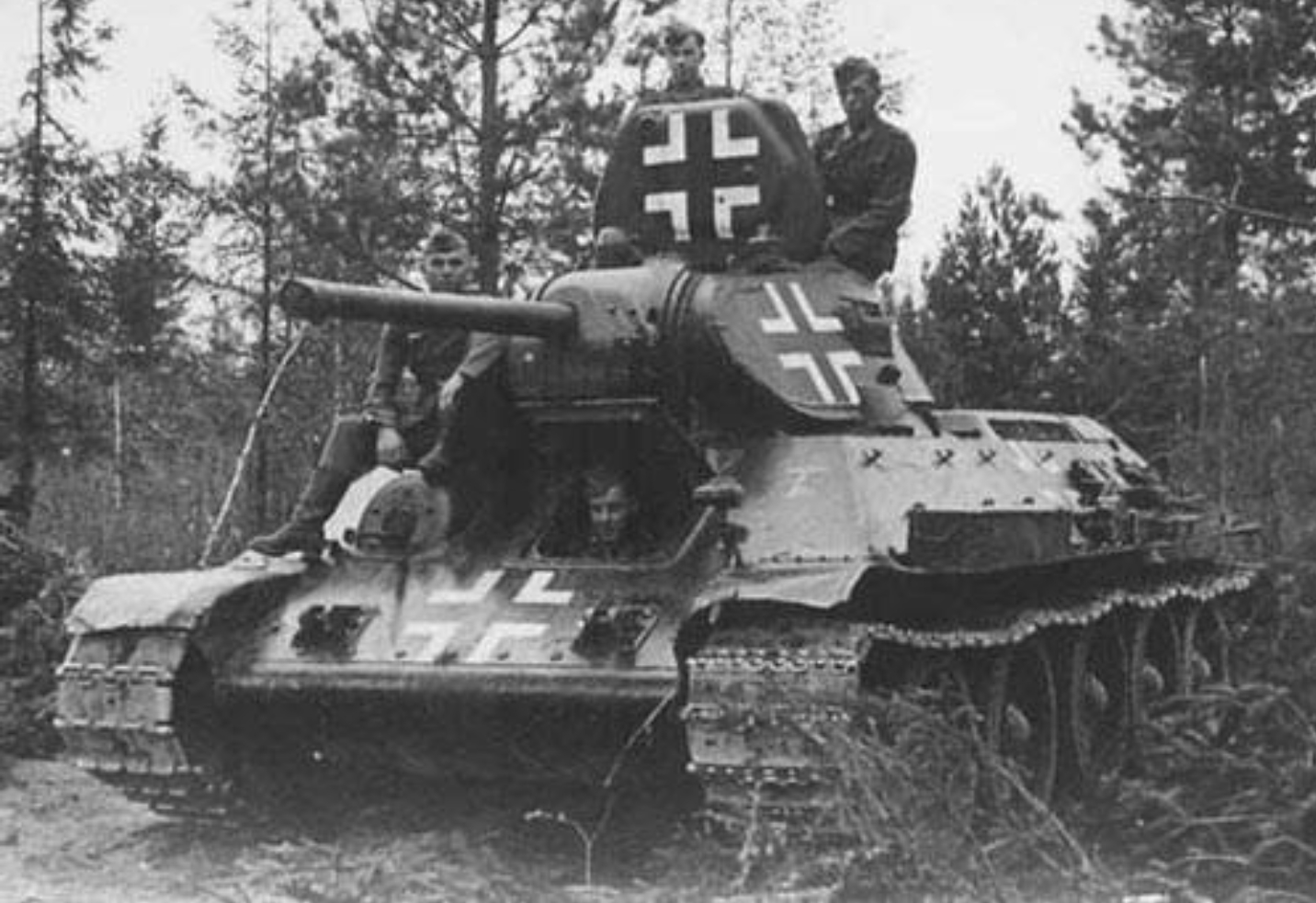I once believed in the Conventional superiority of NATO, but its conceptual strategies (including multinational forces, aluminum AFVs, no easy tack on kit based reactive armor, quality over quantity, tactical use of armor, using armor at all to stop a massed armor invasion, trying to ship 30-40 divisions across the atlantic during a war…) are all failures.
The Euromissiles crisis was my undergrad thesis, the basic outline of this is that by 1977 or so the bright guys in the US govt. all realized that nukes were not a fallback plan, but THE plan, because trying to stop 10000 tanks riding over tank country without having 10000 active tanks and helicopters of your own isn’t workable (unless you tac nuke them), and in that era, the USA didn’t keep more than a modest proportion of its active, ready units in Germany (et al), but in the DMZ, Japan, and especially, the US, where they are normally marshaled and organized!)
There is a tremendous myth of Western Allied military strength, because it has never been tested against a true adversary (like Germany, or the Soviets) We defeated the remnants of Nazi Germany, but the USSR defeated it, period.
USSR learned the schwerpunkt (blitz) method from it being used to slaughter them for 3 years
USSR under pressure generated a finer engineering/production regime than could possibly have been expected from the Tsarist era’s myth of Russian incompetence and graft.
USSR had political unity until it ran to failure whereas NATO as a confederacy was a train wreck from 1965 on.
USA came to rely more and more upon technologies that have limited applications in limited war (nukes) and limited application (attack helicopters vs MANPADS, expensive stealth aircraft that cannot be mass produced) in unlimited (total) wars.
Ok, back to topic—where is the Wehrmacht issued Sun Screen?? SpF what?








